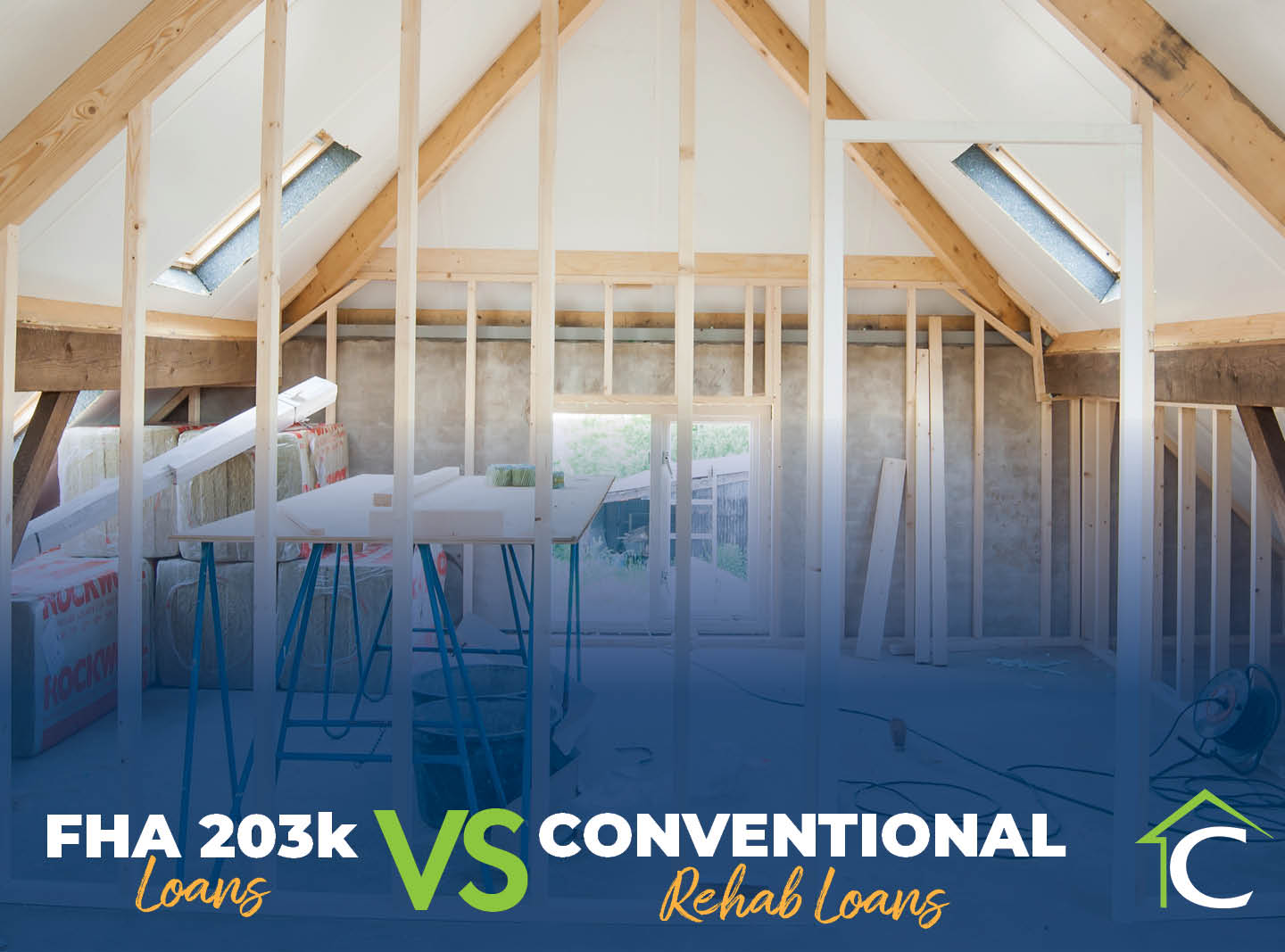Once you know how much home you can afford, it’s time to hunt for your dream home. It can be tough to know which is the best fit for you with all the types of homes out there. Many factors impact the ideal type of house for each buyer, including desired features and benefits, life-stage and how many improvements you’re willing to make before moving in. Here’s a look at the most common types of houses and their associated benefits and drawbacks.
Use this guide for finding the right home on Long Island:
Single-Family Homes:
These detached homes come in one, tow and three-level styles. Their exterior appearance can be Contemporary, Colonial, Tudor, Victorian or Georgian. As the name implies, single-family homes are ideal for families, especially those with children. Privacy is an attractive characteristic of these homes, which may have a fenced back yard. On the other hand, you’ll have to keep up with more maintenance than with other home types.
Condominiums:
Condominiums, or “condos” are individually owned homes attached to one another in a building (like apartments) and feature common facilities, such as recreation areas and fitness rooms. Each condominium building belongs to an association of all its owners. The association determines the monthly assessments fees along with rules and regulations that govern the entire building. The association also decides on maintenance and improvements to the condo building. Like a single-family home, you build equity when you own a condo, but unlike a house, you have less maintenance to deal with. Remember, condos typically offer less privacy, and during a housing marketing downturn, they usually depreciate more than a house.
Cooperative Apartments:
Typically referred to as Co-Ops, these units are usually less expensive and are popular in large urban areas. New York City is known for Co-Ops, which is different than a condo in that you purchase shares in a corporation that owns the building. And before you can buy shares, you have to be approved by the building’s co-op board. Each shareholder has the right to lease a specific unit in the building. Keep in mind that you may have a more difficult time selling your co-op unit because of the board approval process.
Townhouses:
Whether they’re one, two or three stories tall (perhaps more!) townhouses are typically vertical in design. Some even come with attached garages. They offer the privacy of a single-family home and some may have the added benefit of exterior condo maintenance, which may be done by a homeowners’ association. Townhouses are common in cities or urban areas where they sometimes even offer historical value.
New Construction:
Getting in on the ground floor to determine how you want your home to look is exciting but there is much to learn about this process. You can pick your choice of finishes, cabinets, bath fixtures and more. Some builders also allow you to move walls in pre-designed models and pick the lot within the community to place your home. Expect to pay more for new construction and know that the earlier you enter the negotiation process, the less you typically spend. This requires some vision to make your dream home happen and budgets can get out of control if you’re not fully prepared to invest time and energy in the process. Make sure to research the developer’s track record before committing to this type of venture.
















